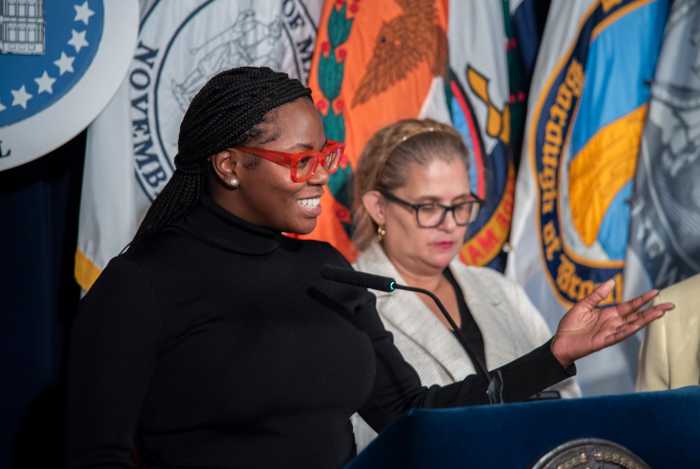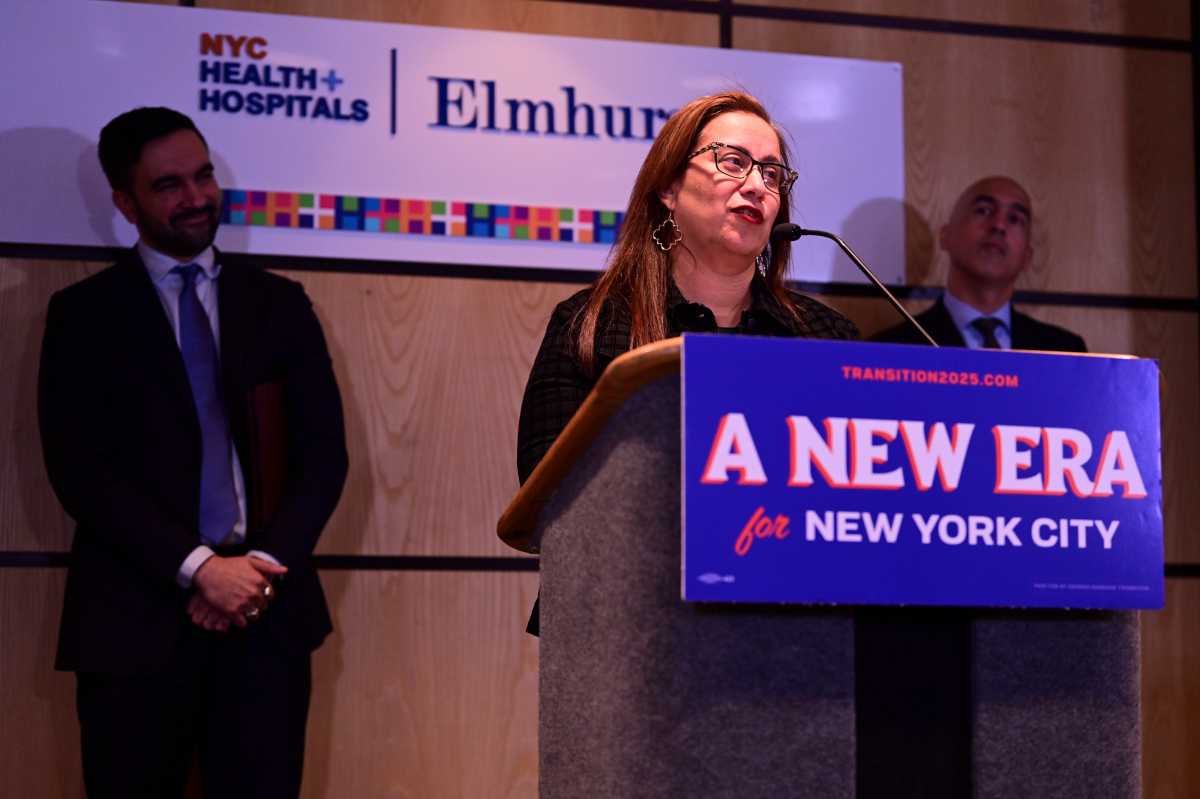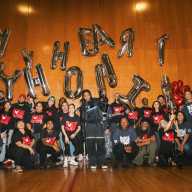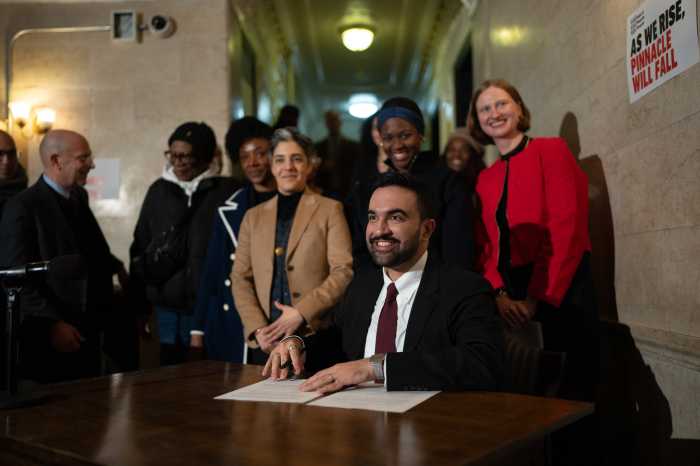By Rich Bockmann
Mayor Bill de Blasio Monday released his much-anticipated, $41.1 billion housing plan laying out with broad strokes his administration’s goal to create 200,000 units of affordable housing over the next decade through a combination of preservation and new construction.
And while the 116-page report does not specifically say where in the five boroughs the plan will be implemented, Queens neighborhoods where affordable housing is threatened, such as Jamaica and Far Rockaway as well as areas prime for development, like the Queens Boulevard corridor from Sunnyside to Elmhurst, fit the bill.
“This plan thinks big because it has to. The changes we are setting in motion today will reach a half-million New Yorkers in every community and from every walk of life,” de Blasio said. “And so we are marshaling every corner of government and the private sector in an unprecedented response.”
Of the 200,000 units de Blasio wants to preserve or create over the next 10 years, 58 percent will be for low-income households earning between $41,951 and $67,120 a year for a family of four, 22 percent will be affordable to moderate- and middle-income families and 20 percent will aimed at those with very low and extremely low incomes.
The bulk of the $41.1 billion price tag, about 74.5 percent, will be spent on constructing new units. But since new construction costs significantly more than preservation, the remaining $10.5 billion will account for 60 percent of the plan’s stated goal.
And while de Blasio did not specify which areas he will target, it is clear which areas are most at risk of losing existing affordable units.
Jamaica’s Community Board 12 and Far Rockaway and Broad Channel’s CB 14 have the highest risks to affordable housing in Queens, according to a 2013 study by the Association for Neighborhood and Housing Development, an umbrella group of nonprofit developers focused on low- and middle-income housing.
Between 2008 and 2011, CB 12 lost 7,088 affordable units to renters who make 80 percent of the area median income, the fourth highest number out of the city’s 59 community boards. The area was also hard hit by the foreclosure crisis, with 29.1 percent of one- and four-family homeowners having received a foreclosure notice.
In the Broad Channel/Rockaway area, 84.2 percent of residential units lie in the Superstorm Sandy surge area and the region had the second-highest number of at-risk Mitchell-Lama and Section 8 units in the city at 2,674 units.
Advocating for stronger rent stabilization guidelines when the law comes up for renewal in Albany in 2015, helping homeowners with resiliency upgrades and providing economic incentives to keep properties in affordable programs are among the tools the administration intends to use to keep these kinds of units within reach for average New Yorkers.
“Working with community groups, the city will identify neighborhoods and portfolios that are at risk of becoming unaffordable and proactively work with owners, lenders and investors to assure that city resources are appropriately targeted,” the report read.
The remaining 40 percent of the 200,000-unit goal will be achieved through new construction.
The main tool will be inclusionary zoning, which will require developers to include affordable units when the projects come from rezoning. The plan also calls to streamline much of the red tape developers face.
“The city will allocate additional resources to its housing programs to ensure that a higher percentage of units in affordable housing reach the neediest people. As a result of this commitment, the city will serve more than four times as many of the lowest income New Yorkers … over the 10 years of this plan as were served over the previous 12 years,” the report said.
A study released last year by Columbia University’s Center for Urban Real Estate identified Long Island City, Willets Point and Queens Boulevard stretching from Sunnyside to Elmhurst as prime areas for development.
Reach reporter Rich Bockmann by e-mail at rbockmann@cnglocal.com or by phone at 718-260-4574.



































